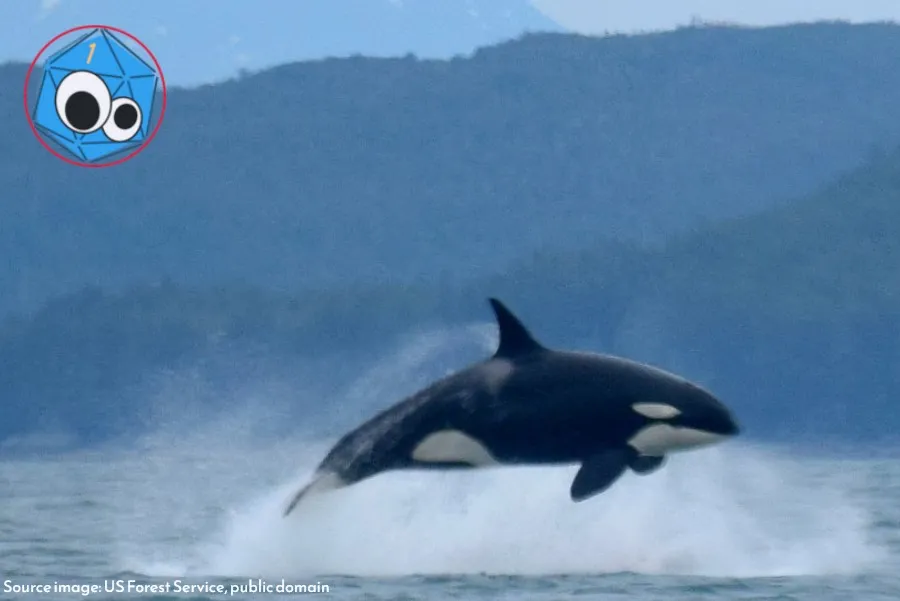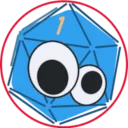
Today, I crossed the threshold of 100 million vests, the behind-the-scenes unit for account power on our blockchain. As such, I have graduated from dolphin to orca. This is especially gratifying because everything I have was gained on-chain with no external financial input.
The connection between vests, HIVE, and Hive Power is a bit complicated, but in short, it's an immutable token with a variable quantity per circulating HIVE tied to the internal token inflation calculations. If I understand correctly, the "interest" on Hive Power serves to balance the vesting shares per token against the slowly-declining number of vests per HIVE. Feel free to correct me if I am wrong.
Why Orca? in the crypto world, "whale" is a term for people who hold a large quantity of tokens. @HiveBuzz has set up badges for users to earn based on their staked vesting shares, including minnow, dolphin, and orca, representing tiers of ownership in our platform. Remember, Hive isn't a corporate project. We're a community, and you literally own a portion of it if you stake any tokens. Its value comes from your content and curation.
I had a hard time finding an image I wanted to use for this post. Between A.I. slop and a flood of pictures of captive orcas, there were plenty I didn't want to choose. Photos of these in the wild with more than a fin or a fluke is not a common image, especially if one is trying to avoid violating the nonsense of intellectual property rules. The one I chose is cropped from a public domain government photo via Wikimedia.
if you're unfamiliar with "killer whales," Wikipedia is a good starting point. Outside captivity, they pose little danger to humans. They are apex predators in the wild, where they are notorious for their hunting practices from carousel feeding on schools of fish to pods (groups) attacking sperm whales. They are also known to stun sea lions by slapping them into the air with their fins. They have even been known to cooperate with humans in the age of whaling, leading boats to their prey, and then eating the free leftovers after the oil was harvested.
In captivity, their intelligence allows them to be trained to perform all manner of tricks and stunts. However, this also leads to considerable stress for the animals. Unnatural environments in captivity result in aggression against humans and other orcas. Trainers have died as a result. I'm not a bleeding hearth animal rights activist, but this is clearly abuse. I'm not a fan of aquariums like SeaWorld which emphasize entertainment like that.
As the newest Orca on Hive, we're in the wild. I will do my best to not eat minnows, but if y'all spew spam, plagiarism, and A.I. slop, I may bite.
